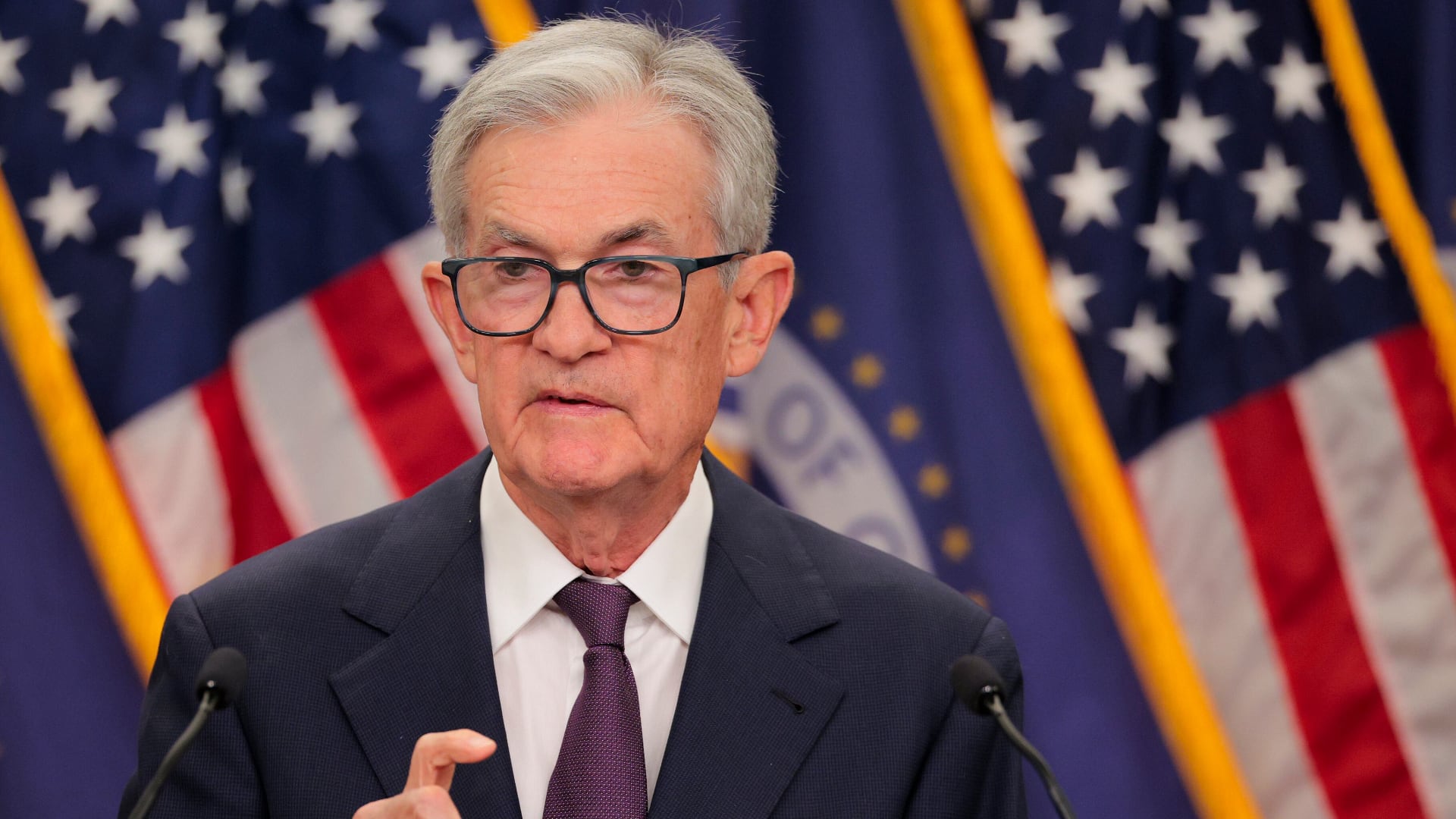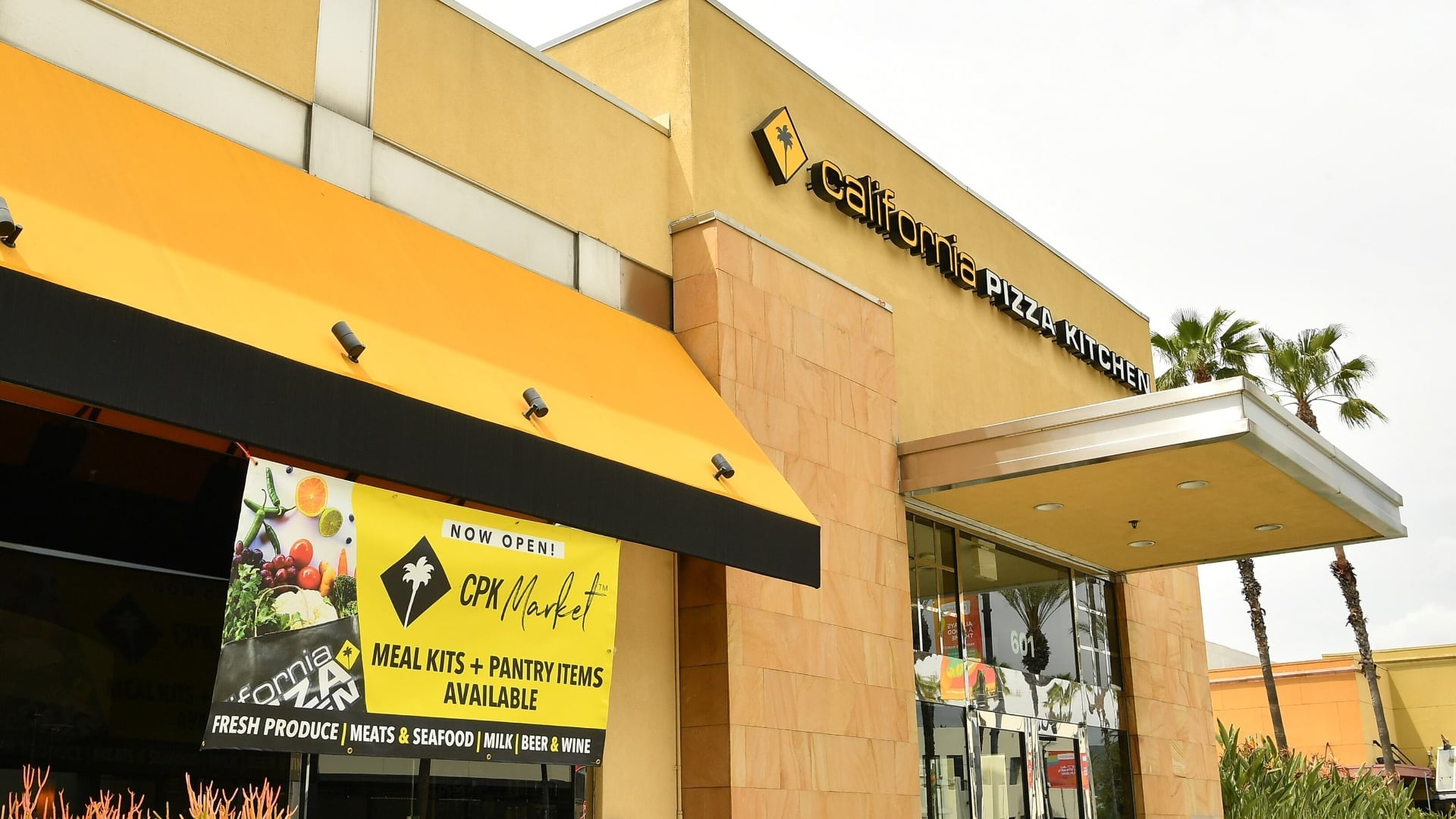Stocks are sinking again Wednesday, wiping out half of a huge rally from a day earlier as Wall Street continues to reel on worries about the coronavirus.
Another big central bank made an emergency cut to interest rates in hopes of blunting the economic pain caused by COVID-19, which economists call the global economy's biggest threat. But investors are still waiting for details promised by President Donald Trump on potential aid for the economy through tax breaks and other relief.
Stocks fell from the opening of trading in New York, including a 2.8 percent drop for the S&P 500. Perhaps the best gauge of confidence in the economy on Wall Street recently, Treasury yields, also pulled back. Asian markets also fell, while European markets were steadier following the rate cut by the Bank of England.
The Dow Jones Industrial Average fell 784 points, or 3.1 percent, to 24,233, and the Nasdaq was down 2.2 percent, as of 10:05 a.m. Eastern time.
The yield on the 10-year Treasury fell to 0.70 percent from 0.75 percent late Tuesday.
The speed of the market's declines and the degree of its swings the last few weeks have been breathtaking. It was only three weeks ago that the S&P 500 set a record high, and the Dow Jones Industrial Average has had six days where it swung by 1,000 points since then. It's done that only three other times in history.
For most people, the new coronavirus causes only mild or moderate symptoms, such as fever and cough. For some, especially older adults and people with existing health problems, it can cause more severe illness, including pneumonia.
The vast majority of people recover from the new virus, but the fear is that COVID-19 could drag the global economy into a recession by hitting it from two ends.
On the supply side, the worst-case scenario has companies with less things to sell as factories shut down and arenas dim the lights because workers are out on quarantine. On the demand side, companies see fewer customers because people are huddling at home instead of taking trips or going to restaurants.
That's why many analysts say markets will continue to swing sharply until the number of new infections stops accelerating. In the United States, the number of cases has topped 1,000.
While investors wait for health experts to corral the virus, they're hoping big, coordinated moves by central banks and governments around the world can prop up the economy in the interim.
The Bank of England's emergency rate cut follows an earlier one by the Federal Reserve, and economists expect the European Central Bank to be the next to act. It has a meeting Thursday on monetary policy.
Italy's government announced $28 billion in financial support for health care, the labor market and families and businesses that face a cash crunch due to the country's nationwide lock down on travel.
Australia announced a $1.6 billion virus-fighting package and reportedly plans an additional $6.5 billion in economic stimulus. Japan and Thailand also have announced fresh help for businesses and workers.
Trump hinted at plans for tax cuts and other economic relief late Monday, but he has yet to unveil any details. His proposal for a cut to payroll taxes has met resistance on Capitol Hill.
"Investors are still worried that those fiscal stimulus packages may not be able to contain the virus outbreak as well as to mitigate the impact on the economy," said Louis Wong of Philip Capital Management.
Stock prices generally move on two main factors: how much profits companies are earning and how much investors are willing to pay for each $1 of them. For the first part, Wall Street is slashing its expectations, which undercuts stock prices.
For the second, all the worries about the coronavirus mean investors are less willing to pay high prices. Valuations were already above historical averages before the market's declines began.
Strategists at Goldman Sachs on Wednesday slashed their expectations for earnings growth this year, saying it will lead to the end of this bull market, which is the longest on record.
A plunge in crude prices has wiped out profits for energy companies, while record-low Treasury yields are squeezing the financial sector. The strategists say S&P 500 earnings per share will likely fall 15 percent from a year earlier in the second quarter and could drag the index down to 2,450 in the middle of the year. That would be a nearly 28 percent drop from its record.
Goldman Sachs, though, also says it expects the drawdown to be short, with earnings rebounding later in the year as the pain from the coronavirus wanes. It says the S&P 500 could rise back to 3,200 by the end of the year.
___
AP Business Writers Yuri Kageyama and Katie Lam contributed.













